H.M.S. Bounty
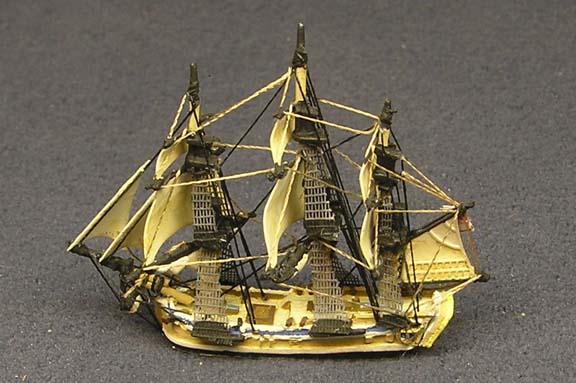
1787
(Langton Small Merchant)
(Constructed by Hugh Thomas)
- Class: Ship (3m)
- Displacement: 215 bm tons
- Dimensions: 85 x 24-5 x 11 ft
- Armament: 4-4pdr, 10 swivels
- Complement: 43
- Built: Hull, England
- Completed: 1784
- Purchased: 23 May 1787
- Service: In 1775, the Society for West India Merchants proposed that breadfruit trees, native to the South Pacific, be transplanted to the West Indies to be grown as a staple food for slaves. Twelve years later, merchant ship Bethia was purchased by the Royal Navy from Messrs. Wellbank, Sharp, and Brown in May 1787, after being approved by the botanist Joseph Banks, a veteran of Capt. Cook's first voyage of exploration to the Pacific. Refitted at Deptford Dockyard to carry the breadfruit trees from Tahiti to Jamaica and St.Vincent in the West Indies. Departed Portsmouth 23 Dec 1787 under the command of Lt. William Bligh, who had been master of HMS Resolution on Cook's third voyage to the Pacific. Arrived Tahiti 26 Oct 1788 and spent five months collecting and preparing the breadfruit trees for shipment. Departed 6 Apr 1789 with more than 1000 trees on board. Twenty-two days later, 5 members of the crew seized the ship in a bloodless mutiny led by Fletcher Christian, the ship's second in command. Bligh and 19 of his supporters were forced into the ship's 23-foot launch, which they susequently sailed 3,600 miles to Timor through uncharted waters in 43 days. Although very poorly provisioned, not a man was lost in one of the great feats in the history of navigation.
Christian and the remaining crew, not all of whom were active mutineers, made several voyages out of Tahiti, searching for a safe refuge. Eventually 14 were left at Tahiti, while Christian and 8 others plus some Tahitians and Tubuaians sailed to uninhabited Pitcairn Island, arriving in Jan or Feb 1790 and burning the ship. When discovered there 18 years later by an American whaler, only one Englishman of the original band was still alive. The men left at Tahiti were eventually arrested by the crew of HMS Pandora which had been despatched for the purpose; on 28 Aug 1791 she struck the Great Barrier Reef and sank, with 4 of the mutineers drowned. The survivors made Timor and the remaining 10 mutineers were sent on to England to trial, where three were eventually hanged. Lt. Bligh was given a chance to complete his mission, which he did in HMS Providence in 1792.
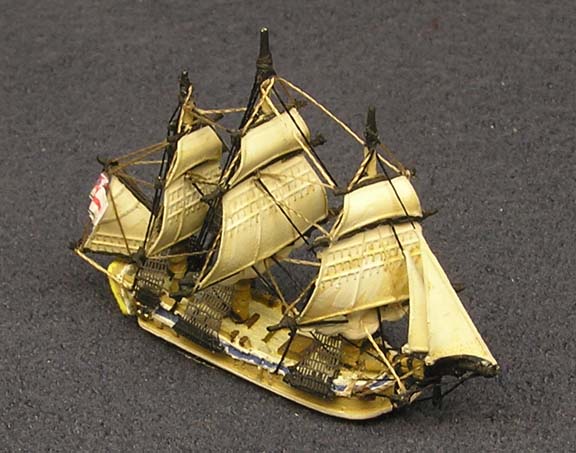
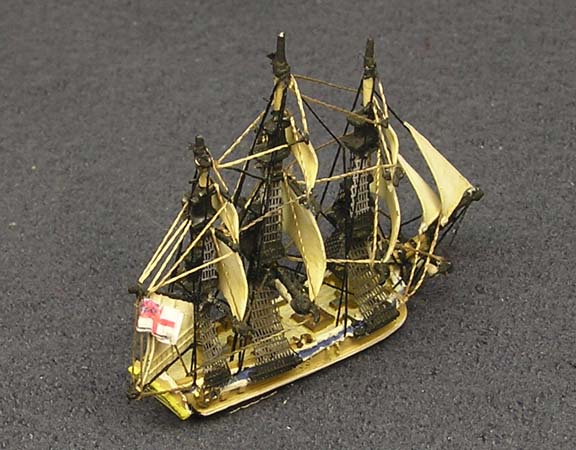
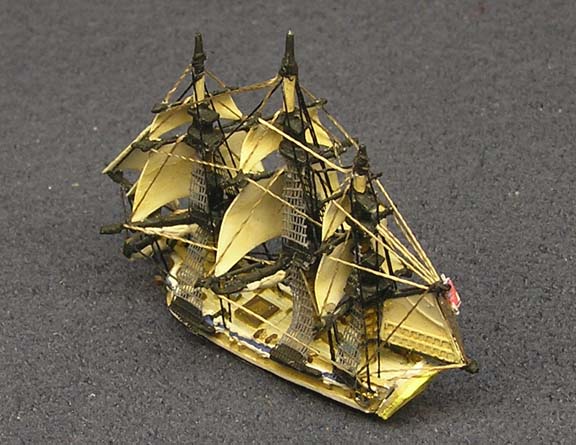
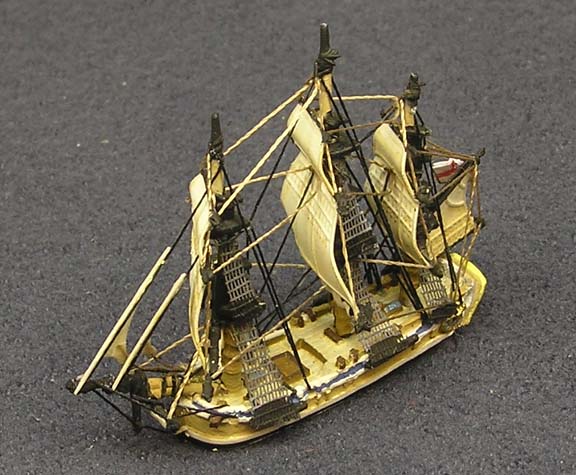
 Up
Up






 Up
Up